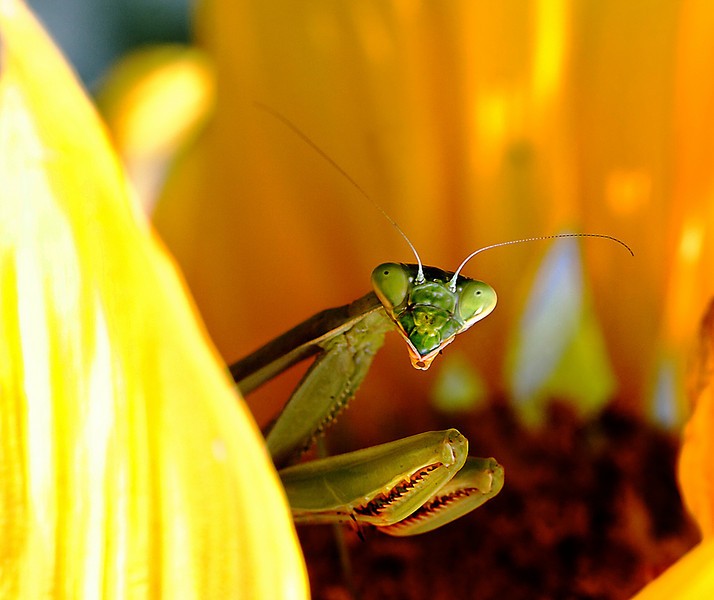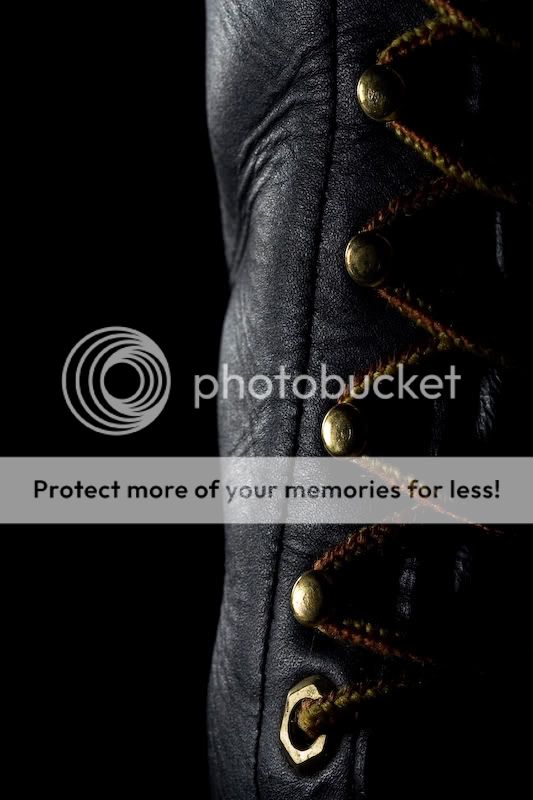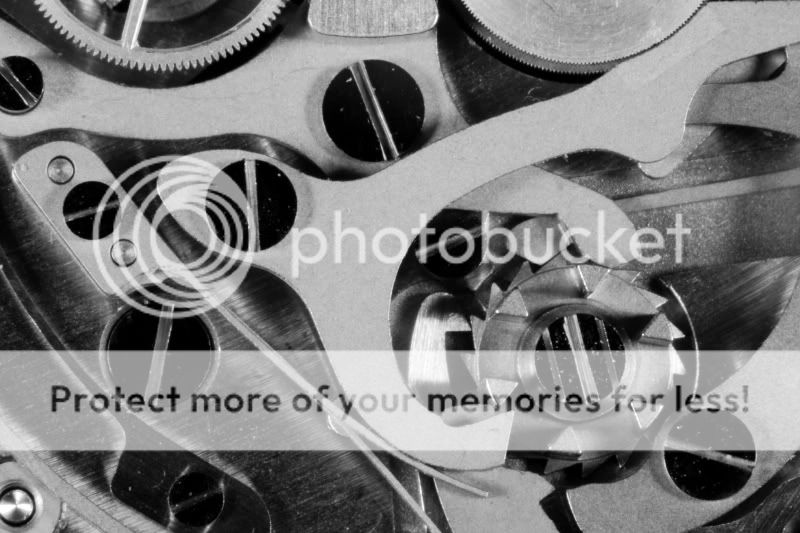dakkon76
TPF Noob!
- Joined
- Aug 22, 2007
- Messages
- 464
- Reaction score
- 39
- Location
- Eastern Washington
- Can others edit my Photos
- Photos OK to edit
So I've got my new XSi and looking to buy my first macro lens. Macro is by far my favorite type of photography, specifically plants and cool textures I find while out hiking. I'm hoping my choice could also be useful for subjects say 10-20 feet away or so... cool stumps, branches and such, no landscapes with this lens of course. I plan on packing a tripod. Bugs/animals aren't really my thing, although they're awesome to look at... so I don't think I need something with lots of reach.
I'm leaning toward the Canon EF 100mm f/2.8 Macro USM which looks like it takes some amazing macro shots, but should also be capable of some of the other things I might be interested in while hiking. This lens is about $490 at my local shop, which is kind of the top of what I'd like to spend.
There are also some Sigma/Tamron primes ranging from 60-90mm. I hear a longer lens will lose some quality, so I'm not sure a 150mm+ is what I want if I'm only doing macro that I can get close to? Wondering if these are some good choices, and also if perhaps I might want a zoom rather than a prime? Currently I've only got my kit lens.
I'd like to stay away from the Canon EF-S 60mm as I plan on upgrading my body within the next couple of years.
Suggestions please? Sample pics would be great also! Thanks a ton!
I'm leaning toward the Canon EF 100mm f/2.8 Macro USM which looks like it takes some amazing macro shots, but should also be capable of some of the other things I might be interested in while hiking. This lens is about $490 at my local shop, which is kind of the top of what I'd like to spend.
There are also some Sigma/Tamron primes ranging from 60-90mm. I hear a longer lens will lose some quality, so I'm not sure a 150mm+ is what I want if I'm only doing macro that I can get close to? Wondering if these are some good choices, and also if perhaps I might want a zoom rather than a prime? Currently I've only got my kit lens.
I'd like to stay away from the Canon EF-S 60mm as I plan on upgrading my body within the next couple of years.
Suggestions please? Sample pics would be great also! Thanks a ton!
Last edited:




![[No title]](/data/xfmg/thumbnail/35/35957-c79b37130dc06cbdee3b56de92a35fe6.jpg?1734167784)









![[No title]](/data/xfmg/thumbnail/42/42463-03457f0869c7510e6fb947b21de31aba.jpg?1734176998)
